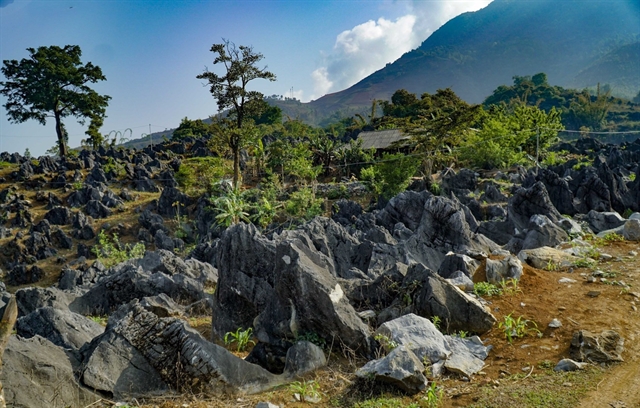 Society
Society

The National Centre for Hydro-meteorological Forecasting has reported that this year’s winter will come earlier than it has over the last five years. The dry season in the south is less severe while the
 |
| Hanoians will welcome this year’s winter earlier.-- Photo Hong Vinh |
HA NOI -- The National Centre for Hydro-meteorological Forecasting has reported that this year’s winter will come earlier than it has over the last five years. The dry season in the south is less severe while the
Nguyễn Văn Hưởng, head of the Climate Forecast Office at the National Centre for Hydro-meteorological Forecasting, said that the first northeast monsoon of last year arrived on October 13. In 2016 it came on October 29, in 2015 on October 9, in 2014 on October 4 and in 2013 on September 25.
This year, the first cold air appeared on September 7. The centre forecast that there would be three or four cold spells hitting the country in October.
Cold air in October and November will have two types. The first is the northeast monsoon that will cause widespread rainfall. The second is the intensified cold air that only causes strong winds on the sea while on land the weather will move from murky to sunshine, according to Hưởng.
The common view of climate experts is that this year’s winter not only comes earlier but will likely be colder than the last five years.
He added that from now until the end of the rainy season, there would be about three or four storms and tropical depressions in the
In October alone, there would be one or two typhoons and tropical depressions occurring near the
He said the rainy season had just ended in the North, “while in the central region, now is the peak of the rainy season.”
Lê Thanh Hải, Deputy General Director of the General Department of Hydro-Meteorology, warned there were signs that this year’s winter had come soon in the Northern Hemisphere.
Snow appeared in August in
HCM City- high tides rising, danger of flooding
According to Phùng Tiến Dũng, head of the Hydrological Forecasting Department for the Central,
In October, there will be two high-rising tides, potentially causing serious flood in
The first tide may occur on October 10-12, and the second on October 26-27. The water level downstream of the
However, according to Dũng, October is not the peak of the flood season. It is expected that there will be stronger tides in November. He added that weather forecasts showed that the south-central and Central Highlands regions would continue facing serious drought. -- VNS




